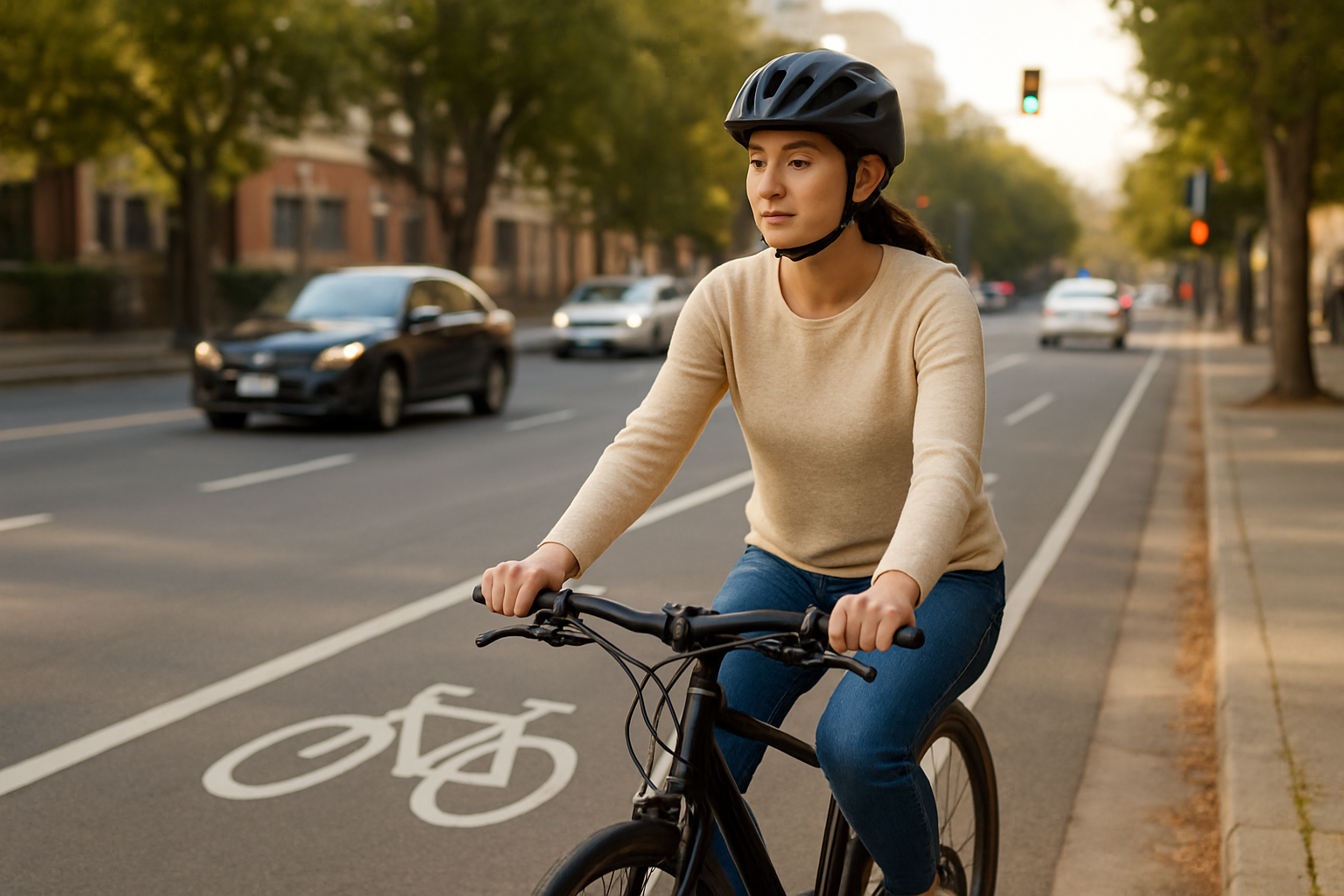Cycling Safely: Navigating Traffic and Bike Lanes

Living as an expat in Turkiye opens up countless possibilities, from discovering delicious street food to enjoying vibrant local festivals. Among these discoveries, navigating city streets on a bicycle can feel both liberating and daunting. Many expats want an efficient, eco-friendly way to travel while blending in like a local, but heavy traffic and unfamiliar road norms make cycling appear risky. Mastering the art of cycling safely is not just about getting from one place to another—it’s about experiencing Turkiye on your terms.
Understanding Turkish Cycling Culture
Turkiye’s urban pulse can intimidate newcomers. While Istanbul, Ankara, and Izmir continue to expand their cycling infrastructure, many drivers are not yet fully accustomed to sharing roads with cyclists. That said, more Turkish residents are grabbing their bikes for commuting and recreation, prompting local authorities to introduce dedicated bike lanes and improved signage.
Before setting out, observe how locals use their bikes in your neighborhood. You may notice:
- Families cycling together in parks and along seafront promenades
- Bike rental stations near metro stops and waterfronts
- Cyclists signaling before turning thanks to growing road awareness
Observing these habits helps you blend in and stay safe. It’s evident that cycling, though not yet mainstream in every Turkish city, is earning respect and gaining traction daily.
Mastering the Rules of the Road
Turkish road regulations protect cyclists, but enforcement and understanding vary. Learning key cycling rules ensures you avoid mishaps and project confidence, which drivers respect. Here are some essentials to remember:
- Always ride in the direction of traffic, never against it
- Use dedicated bike lanes where available—these are often marked in green or blue
- Give clear hand signals before turning or changing lanes
- Wear a helmet even if not required by law—local cyclists regularly do for extra safety
- Install front and rear lights for visibility in city traffic
For instance, browsing the coastal road in Kadikoy on a bright weekend feels stress-free thanks to the clearly marked bike lanes and ample signs. In contrast, cycling on smaller streets in Beyoglu demands alertness around taxis and delivery scooters, so always signal your movements and stick to the right whenever possible.
Choosing Safe and Enjoyable Cycling Routes
Each Turkish city offers a mix of safe and challenging roads for cyclists. Planning your route thoughtfully reduces risks and enhances your experience. Look for:
- Paved bike paths along waterfronts, ideal for a scenic commute
- Park connectors and greenways shielded from heavy vehicles
- Residential backstreets with slower traffic flows
For example, Izmir’s Kordon promenade invites riders of all ages to cycle with picturesque sea views, while Istanbul’s new Yenikapi-Kadikoy line features wide lanes and minimal car interaction. Avoid main arterials during rush hour; instead, start with quieter hours in the morning or late evening as you learn the area’s patterns.
Handling Mixed Traffic: Defensive and Confident Cycling
Urban cycling often means sharing space with cars, buses, and scooters. Confidence makes you more visible and predictable, lowering accident risks. Practice defensive cycling by:
- Maintaining a straight line instead of weaving through stopped vehicles
- Making direct eye contact with drivers at intersections
- Positioning yourself clearly in the lane rather than hugging the curb
- Using loud bells and bright clothing during peak periods
Imagine approaching a busy intersection in Ankara where cars rarely yield automatically. By signaling early, making eye contact, and sometimes asserting your space for a few seconds, you teach drivers to share the road. Defensive cycling does not mean being aggressive; it means riding like you belong.
Staying Safe with Maintenance and Smart Gear Choices
A well-maintained bicycle can be your best defense against unexpected hazards. Always check:
- Brake function before setting off
- Tire pressure, especially after rain or temperature swings
- Chain lubrication to avoid slipping or skipping gears
Investing in the right accessories also matters. Consider:
- A reflective vest for nighttime or foggy mornings
- Compact repair kits to tackle minor breakdowns on the go
- Reliable bike locks, since urban centers see occasional theft
Simple routines, like glancing over your bike each morning and packing a folding lock, grant peace of mind as you explore new neighborhoods. You will not only save money on transportation but also feel empowered moving around your city with confidence.
In every Turkish city, expats who choose to master cycling enjoy greater independence, exercise, and new discoveries. By learning the local culture, following traffic rules, planning safe routes, adopting a confident riding style, and using the right gear, you make cycling both safe and incredibly rewarding. Whether you are zipping past ancient landmarks or cruising along the Bosphorus, every ride adds an exciting chapter to your expat experience in Turkiye.
